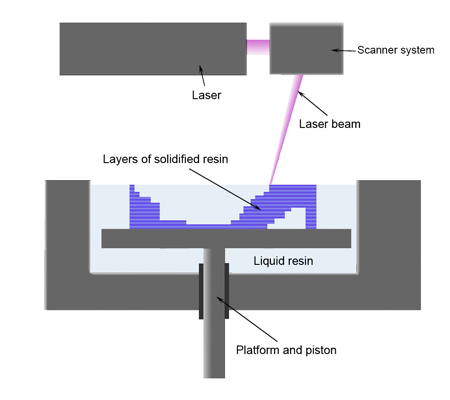Things have slowed down a bit recently as school, work, and studying for the FE exam have taken priority. The leadscrew and guide rods should be cut to size this week, and more brackets are being printed.
I have been reading up on the SPI interface with arduino and it seems to be fairly straight forward. It seems as though the hardest part will be the control of the motor via computer.
The drive system is being redesigned to reduce weight on the top of the printer and to consolidate the electronics. In addition, I have Ben toying with the idea of keeping the threaded rod unconstrained on one end, and using just the two smooth rods and captured but for alignment. This would prevent the system from becoming over constrained and binding.
The container for the photo polymer and the build plate have yet to be designed. I do not think they will be too difficult, and am focusing on moving the leadscrew at the moment.
After April 13 (when I have my fundamentals of engineering exam) I hope to really pick up the pace.

















